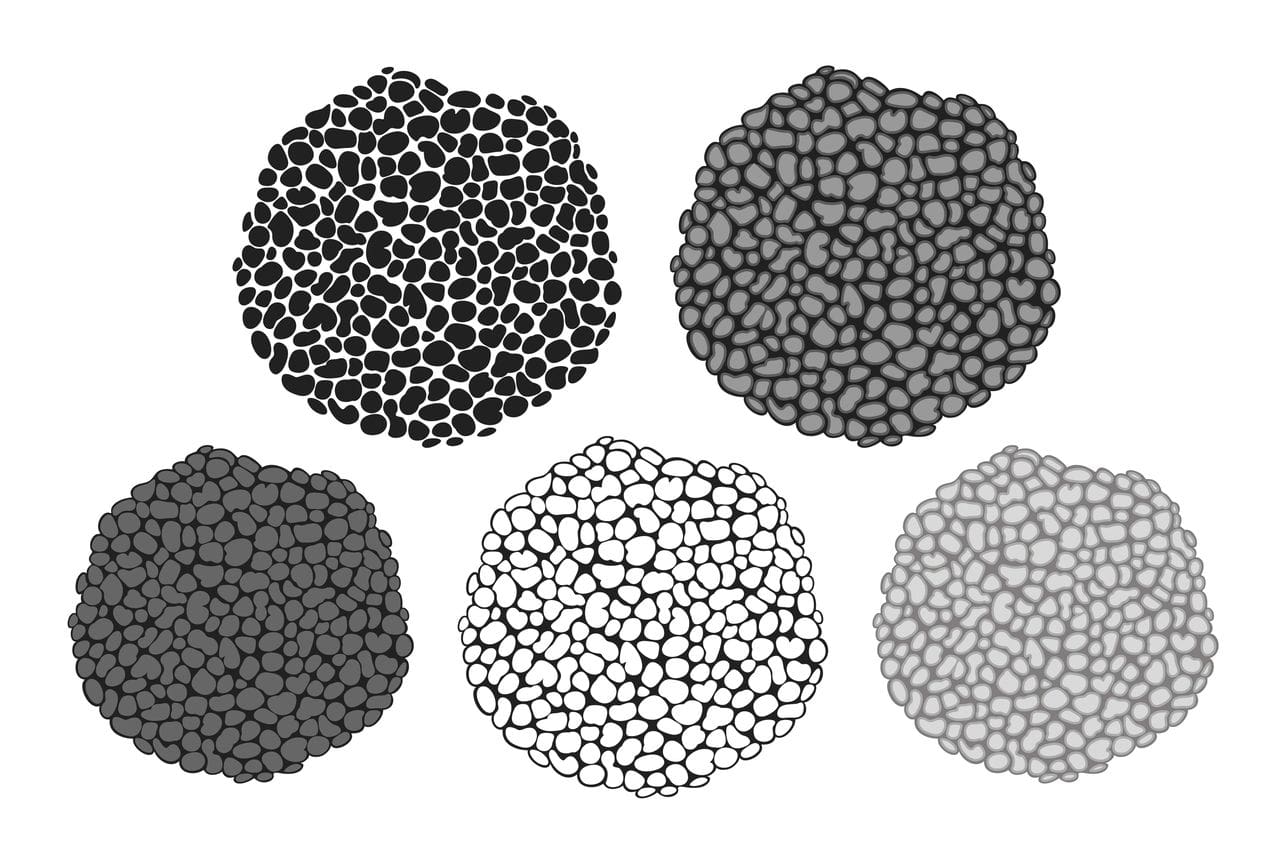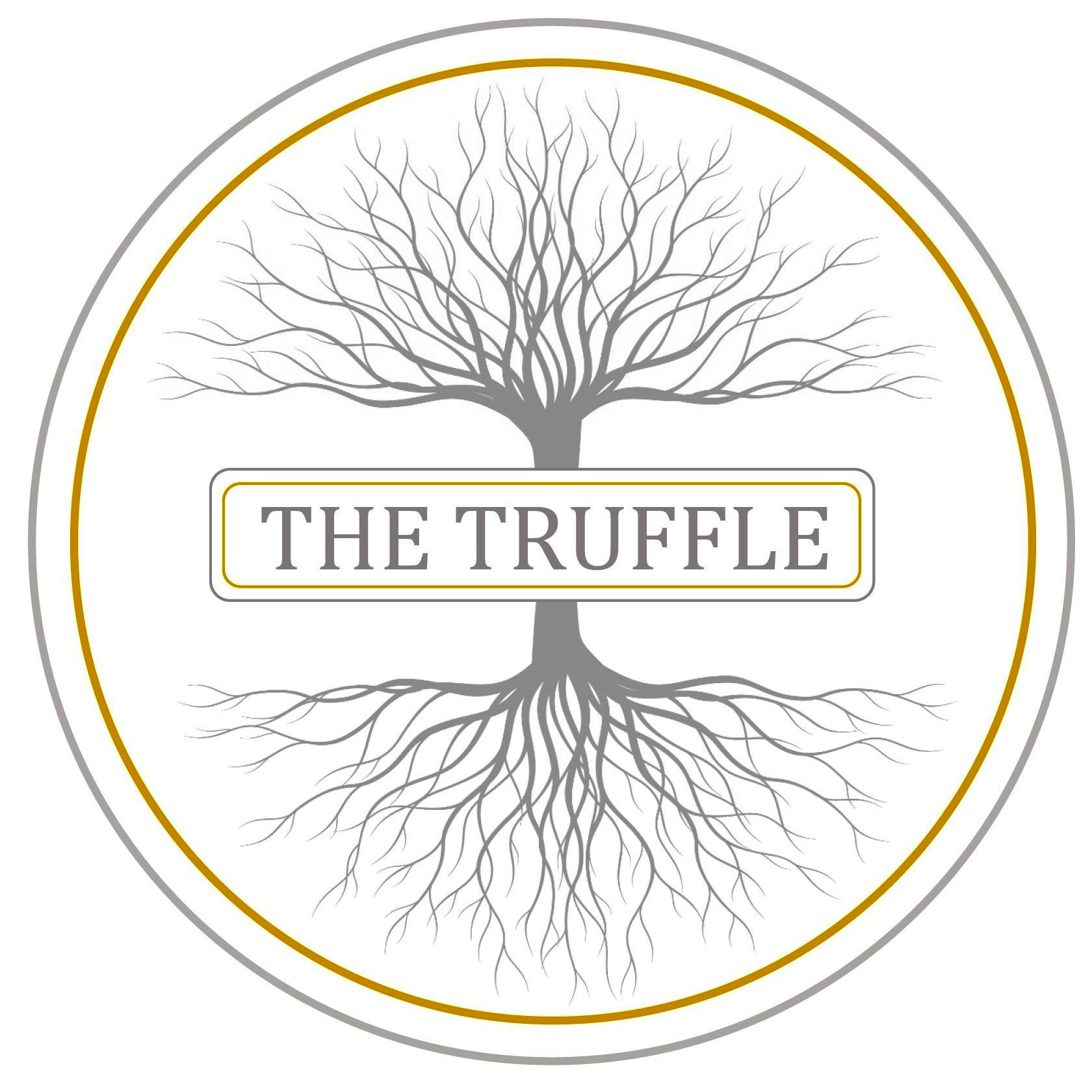
Fresh Truffles – So Many Names!!!
A customer emailed me recently in a mild state of confusion around all the different types and names of seasonal fresh truffles, throughout the year. It reminded me of the headache-inducing confusion I had faced when I first started learning about these miraculous morsels!
The common names…the regional derivations… the species and Latin nomenclature…. it’s enough to send you into a spin! So, I thought I’d try to tackle this topic in my very first blog!
A good start would be to have a look on the calendar at the bottom of my home page. This shows the seasons of all the major types / species of truffle (or Tuber).
Black Truffles
I will try to take a seasonal approach to this, so here goes:
An Exception from Down Under
Not to confuse you from the start…. but there is 1 exception to the 4 regular seasons we experience here in the UK. These are the Australian Black Winter Truffles (Melanosporum – also sometimes called “Perigord” after a region in France where they were first famously found). In Australia, our UK Summertime is their Winter and so we source these prized earthy joy nuggets from a family run farm in Manjimup, Western Australia. Here the soil is crimson red, and production conditions are perfect.
We also source European Black Winter truffles from some secret locations in the mountains and deep forests of France and Spain and we get these in OUR UK Wintertime.
But because of their huge flavour and aroma, and ever-increasing demand: sourcing them from Australia and Europe, means we can (selfishly!) enjoy them here in the UK, twice per year – rather than just once. European ones in our Winter, and Australian ones in our Summer.
Black Summer Truffles
So… exceptions aside – starting in May each year, we get the fresh Black Summer Truffles (Tuber Aestivum). Sometimes referred to as “Scorzone”. These are a pale creamy marbled colour on the firm interior (Gleba). They are fairly mild in flavour / aroma, and so amongst the cheapest of the year – kind of an “entry level” truffle (for want of a better phrase!).
Black Autumn and Garlic Truffles
Over the summer, these also develop, mature and intensify. From around September, with the extra moisture in the soils, and having absorbed more carbohydrate from the roots they have symbiosis with, these actually transform into Black Autumn Truffles (Tuber Uncinatum). Sometimes these are called “Burgundy” Truffles – although this French region is not the only place they grow. These Black Autumn Truffles have a slightly more intense flavour and aroma, and the interior is darker chocolate brown, rather than pale cream. Strong aroma, and stunning nutty taste – great value too!
At the same time in the Autumn, we get another species developing in its earthy subterranean – The Smooth Black or “Garlic” Truffle (Macrosporum). These have an intense Garlicky smell and taste, hence the name. These are only found in a few locations and production volumes are usually tiny – so not many get to try these as most go straight to restaurants. Their season is short. Also, they do not keep very well, so are often avoided when others are available.
Black Winter Truffles
Then from around Mid-November, we get our very own incredible European Black Winter Truffles (Tuber Melanosporum). These are also known as “Perigord” Truffles – after the Fresh region famous for them. But again, this region is not the only place they grow. The same as the Australian Black Winter Truffles; these are amongst the most expensive, flavourful and aromatic that can be found throughout the year. They are black inside with white marbling / veining. They are prized by chefs for the taste, perfume and because they look stunning on the plate.
Another species appears around the same time during our Winter – the Black Muscat Truffle (Brumale) (sometimes also and confusingly referred to as “Black Winter truffles”!!!). These are rare and volumes are small. They are intense, tangy, and have a strong perfume, although are perhaps less robust than the Autumn Truffles, and less rounded in flavour than the Black Winter Truffles (Melanosporum).
White Truffles
Honey Truffles
Honey Truffles only really occur naturally from Autumn through to Spring. Summer is too dry for them. They are not as robust as Black truffles, and do not keep as quite long or as well. Around September, we get only 2 months of White Honey Truffles. These are actually sweet truffles – best used in or on deserts, but pair fantastically with sharp cheeses. Very rare, unique and add a truly special dimension and depth. These can only be sourced from the banks of the River Danube in Hungary – the only place on earth they occur.
White Winter Truffles
Then come along the other most expensive and revered species of truffle (alongside the Black Winter / Melanosporum) – The White Winter Truffles (Tuber Magnatum Pico), sometimes called “Alba” truffles after the famous Italian region. Like the Black Winter truffles, they are super pungent in aroma, and will blow your taste buds off! But they are rare and highly sought after, so are also expensive.
White Spring Truffles
In Spring, this intensity mellows out a little and we find smaller White Spring Truffles (Tuber Borchii), also sometimes called “Biancetto” from the Italian for “little white”. These are delicious, aromatic without, being overly expensive or overpowering.
A Good Compromise for A Truffle Newbie
If you asked my personal opinion – in terms of value for money, balanced with flavour – the fresh Black Autumn Truffles, and the Spring White Truffles are the two best types of fresh truffles. Great flavour and aroma, without breaking the bank. The frozen truffles are also naturally better value, and last longer than fresh, but should not be defrosted, as they will quickly disintegrate. Being frozen they also naturally have a slightly lower, more suppressed aroma.
The fresh Black Winter and White Winter truffles are the 2 most “truffley” in taste and perfume, but they are at a higher price point due to this and due to demand.
Frozen Truffles
I may receive the wrath of Michelin for this – but you can freeze fresh truffles. The black truffles freeze far better than the whites, because they have a deliciously thick, crunchy skin (the Peridium) as well as a lower moisture content. The Honey and Garlic truffles (smooth, and thin skin) do not freeze well at all. You can buy them pre-flash-frozen from us, or you can freeze your own. Then slice or grate them straight from frozen and they will be defrosted by the time they hit the food. Best to use a truffle slicer, or microplane – but a cheese slicer, mandolin, or even a normal grater will do.
Products
The other thing to consider is the Truffle Products – these keep very well, and all of our products (from Croatia and Hungary) have a much higher truffle percentage than most you’ll find – meaning they pack a serious punch of flavour and aroma, can be used over and over, and are also super versatile, long lasting and bring consistency of flavour.
Hope that’s not information overload, and until next time…keep spreading the truffle-love.
Have a Question?
If you have any questions or would like to purchase our truffles or discuss wholesale prices, please get in touch.
